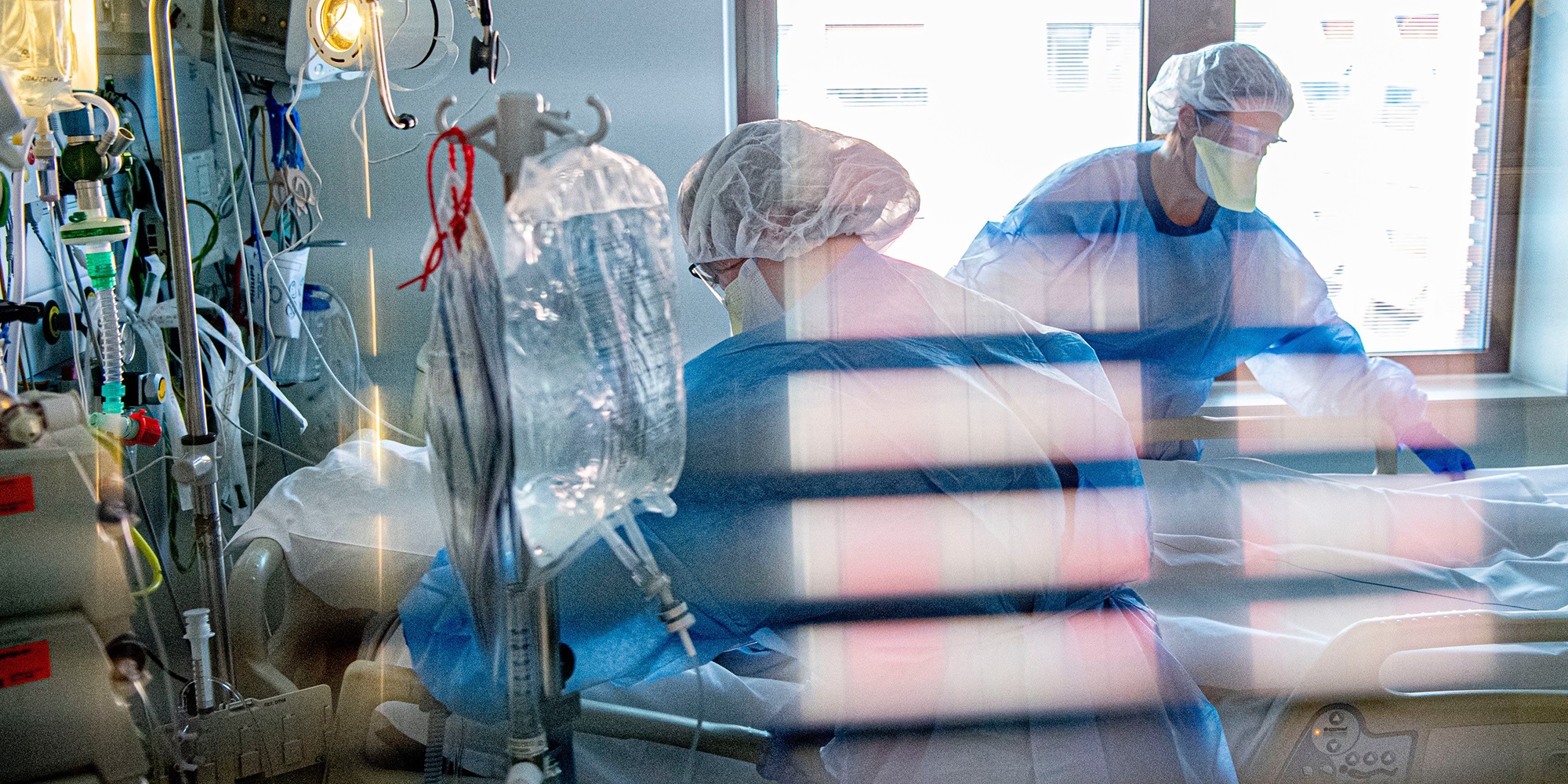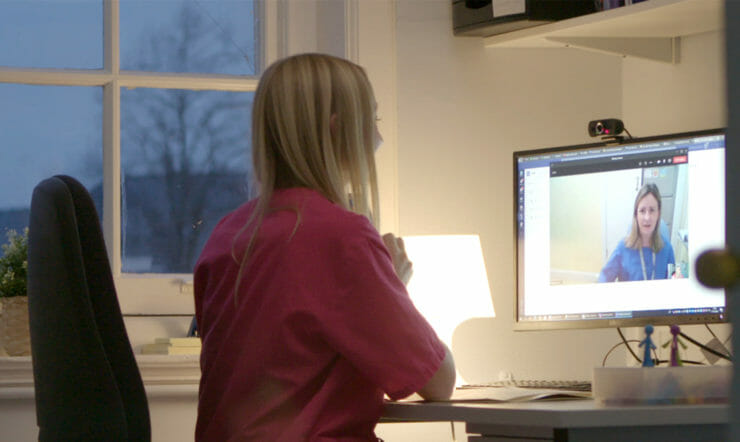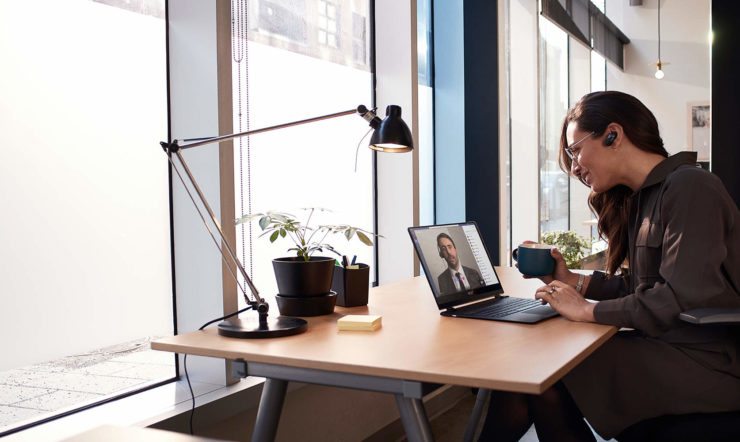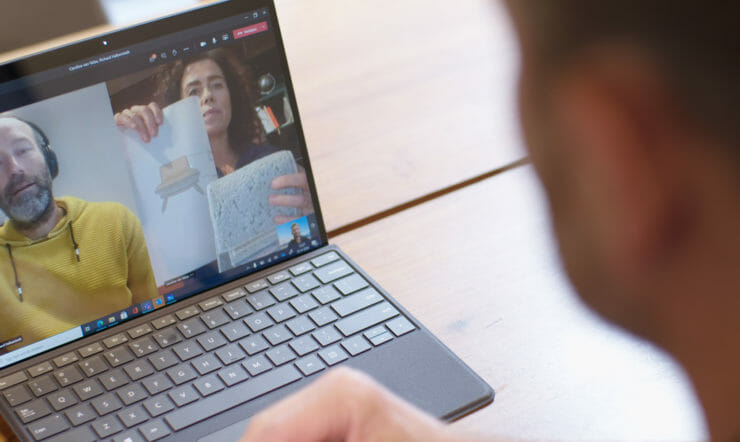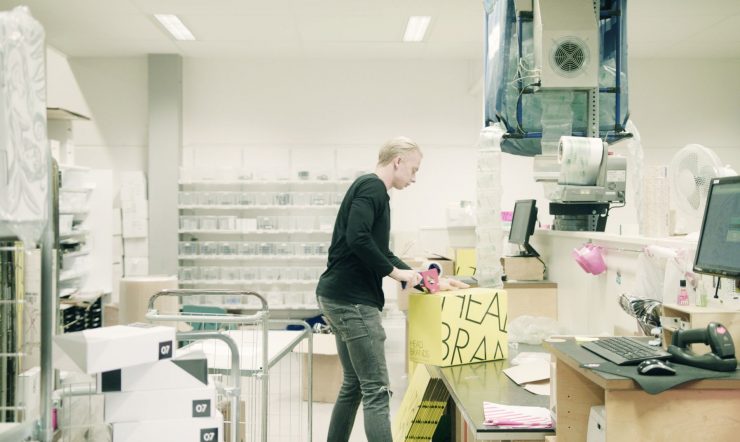In times of crisis, an organization looks to its leadership for guidance.
As COVID-19 spread through Europe in early 2020, Maasstad Ziekenhuis Hospital CEO Peter Langenbach had planned to lead his hospital’s crisis response as he would any other – being present and visible, leadership traits instilled in him during his time in the Dutch Air Force.
“But as we went into lockdown, I started to develop symptoms myself and had to self-isolate,” he says.
“I was very frustrated – suddenly having to manage the hospital from home. But two things came out of this period. One, I understood what my other self-isolating colleagues were going through, and how hard it was for them to be away when they wanted to help.
“And secondly, I quickly had to get hands on with the new remote working tools we put in place, which gave me a unique perspective as CEO.”
These tools were part of Maasstad’s COVID-19 response plan to swiftly implement social distancing measures – without reducing patient care.
A forward-thinking institute
Based in Rotterdam, Maasstad Ziekenhuis is one of the Netherland’s largest Top Clinical Hospitals, providing acute care to over 450,000 patients each year, and research and education to medical students from across the region.
With a high focus on patient care, the hospital has collaborated with Microsoft on a number of innovations that help support value-based healthcare and shared decision making – an approach where both patient and doctor decide on treatment plans together. A trial of collaboration tools like Microsoft Teams and Surface Hubs were planned for later in 2020, but as COVID-19 struck and social distancing measures were imposed by the government in February, their timeline had to be drastically moved up.
“We needed to keep the hospital at a high capacity without compromising the health of our clinicians or patients,” explains Langenbach. “Along with a safe and secure way for staff to communicate and work remotely, so we could all respond quickly as the situation developed.”
With Microsoft Teams already identified as the solution, it was up to the IT department to rapidly implement the new system.
What would normally take 6-9 months, the IT department was able to deliver in days. This was a great success considering all the technical aspects and governance related to delivering this solution.
Adopting a digital solution
In a matter of days, Maasstad had Microsoft Teams in place and adopted a three-phase approach to COVID-19 – manage the crisis, rebuild and stabilize, and lastly adapt to the new normal.
“We are now in the middle of the rebuild phase,” says Langenbach. “Using Teams, we were able to find safer ways to communicate and continue treating patients, so now it’s about maintaining that and adapting to this new reality.”
Staff at Maasstad have also been encouraged to work remotely where they can. “By the third week we were having hourly meetings using Teams to keep everyone up-to-speed,” he recalls. “It meant that even if people had to stay home, they could still be part of the conversation.
“This was especially important for our daily Crisis Management team meetings,” he adds. “We couldn’t risk everyone being in the same place and all falling ill, so using Teams and a Surface Hub, we were able to remotely collaborate between our offices or homes and a central meeting room – ensuring the hospital’s progress was kept on track.”
The benefits of distance healthcare
For Maasstad Ziekenhuis, this fast response has helped keep staff and patients safe across the hospital, most importantly in the COVID-19 department – a closed off area where protective equipment must always be worn and immediately disposed of when you leave.
“In the first few weeks of lockdown, protective equipment was very scarce,” explains Langenbach. “We had a shortage of masks – and that meant we had to be incredibly careful about making sure we were being as efficient as possible.
“With Teams, we could securely communicate with key doctors or surgeons in this area, without them needing to leave and spend time getting protected all over again. It helped us restrict this department to just the necessary people, making it safer for everyone and overall use fewer gloves and masks.”
This approach also helped the hospital safely carry out their ‘top hundred’ meeting – a regular collaboration between directors, managers and team leaders. Instead of everyone sitting together, the meeting is hosted virtually via Microsoft Teams and a Surface Hub, with attendees breaking into smaller groups to discuss different priorities.
“I could dip into each of these virtual meetings and be part of the conversation, then five minutes later join the next one,” says Langenbach. “It was a great solution to keep this important meeting in the calendar, and the Surface Hub helped us easily collate everyone’s thoughts – as if we were all collaborating in the same room.”
Adapting to a new reality
As the hospital now moves towards its final phase, this new system has received an overwhelmingly positive response from clinical staff – making Peter confident that it still has a greater role to play in how Maasstad offers care in the future.
“We’re already making plans for life beyond COVID-19,” he says. “Coming back to value-based healthcare: if we can get at least 40% of outpatients using virtual consultations through Teams, we can treat them more efficiently going forward with the same strict privacy and security we would guarantee inside the hospital.”
At a challenging and confusing time for the healthcare sector, Maasstad Ziekenhuis’s rapid response has shown us how technology can help everyone adapt when our most basic rights are restricted – and that even essential skills that doctors and nurses offer could soon be readily available from the comfort of your home.
Photographer: Robin Utrecht


